How to start a garden – Eugene Oregon 8b
How do I Start a Garden In Eugene Oregon?
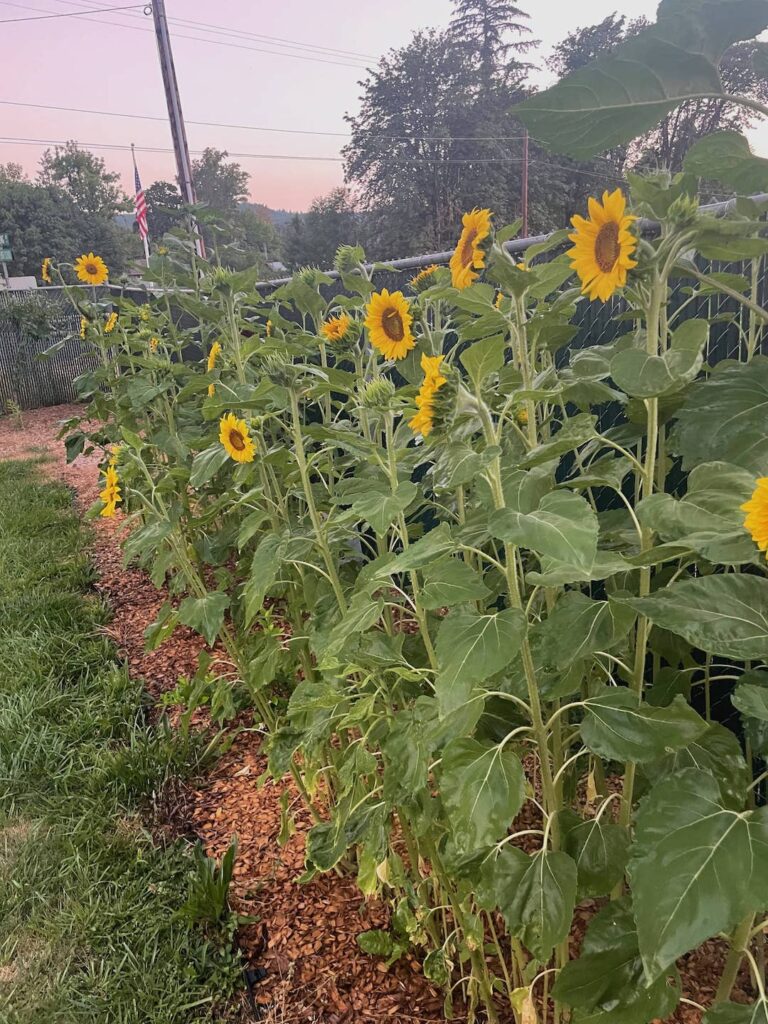
Eugene, Oregon is a great place for gardeners of all levels to learn and enjoy gardening. There are many resources available to help you get started with a garden plan and on your gardening journey. Most importantly always remember, “You don’t get a green thumb by luck, you get a green thumb by killing a lot of plants a lot of different and frustrating ways.” – Me to my wife
Before planting, decide what you want to grow and can grow
Eugene’s climate is ideal for many vegetables, herbs, and flowers. With the help of a gardening book or online resources you can learn what plants will do best in the local climate.
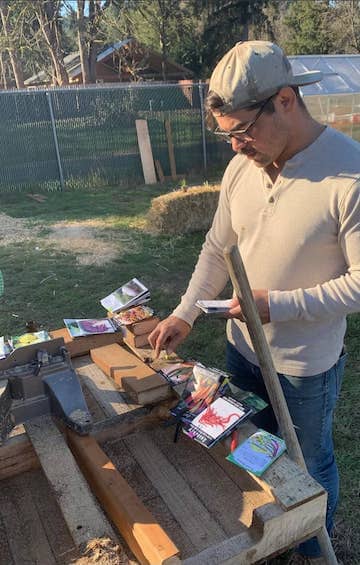
There are a lot of factors when deciding what to grow and the most important is, what interests you? If you love what you grow all the trying and tedious times will be a lot easier to deal with. That being said if you like growing citrus trees and pineapples it’s going to take a little extra effort and probably a little more money.
Growing Zone in Eugene Oregon
If you plan on growing a garden and it’s going to be outside you have to consider your growing zone. Eugene is in USDA Plant Hardiness Zone 8a, which means the temperatures average about 10°F to 15°F and that’s what you’re going to get from the farmer’s almanac. Within that growing zone you’ll experience a million different micro-climates and where you decide to grow your garden will have to be thought about both for the plants ability to grow but also you’re ability to grow and enjoy it.
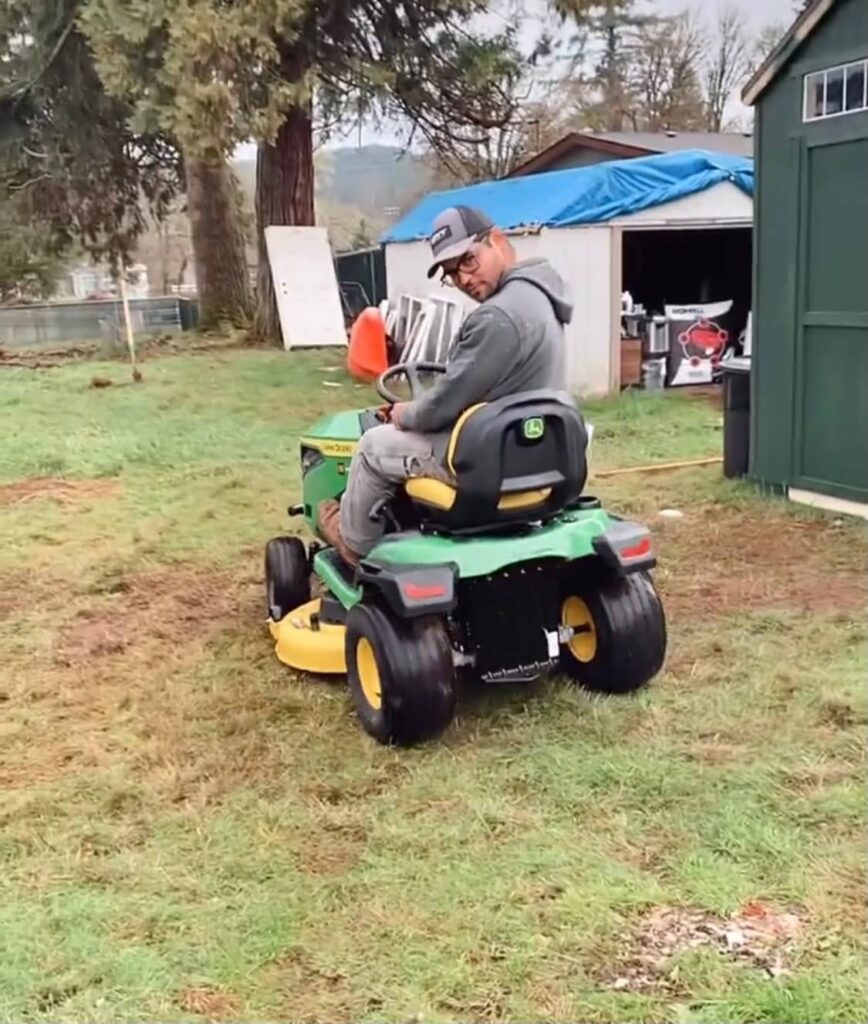
When you figure out your growing zone you’ll find out information about your: First frost date, Your growing season, best time to plant certain seeds, and year round weather patterns.
What will you use to plant in?
There are a lot of ways to grow your plants and the most common mediums include soil, hydroponics, and even in coffee grounds and egg shells (if you like to garden mushrooms).
Soil is
Flower Garden
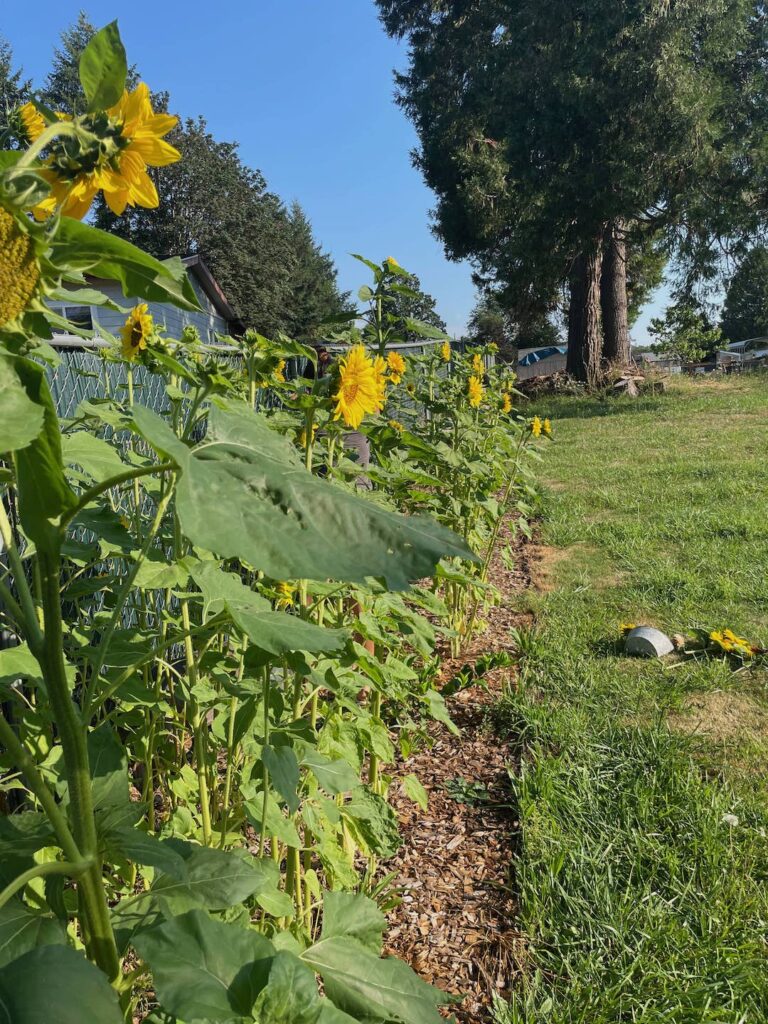
For the more creative gardener a flower garden is always an excellent choice. From roses to lilies, zinnias to cosmos, there is an endless array of beauty to be found. Flowers will add a vibrant splash of color to any outdoor space and can be used to make beautiful bouquets, wreaths, or centerpieces.
Herb Garden
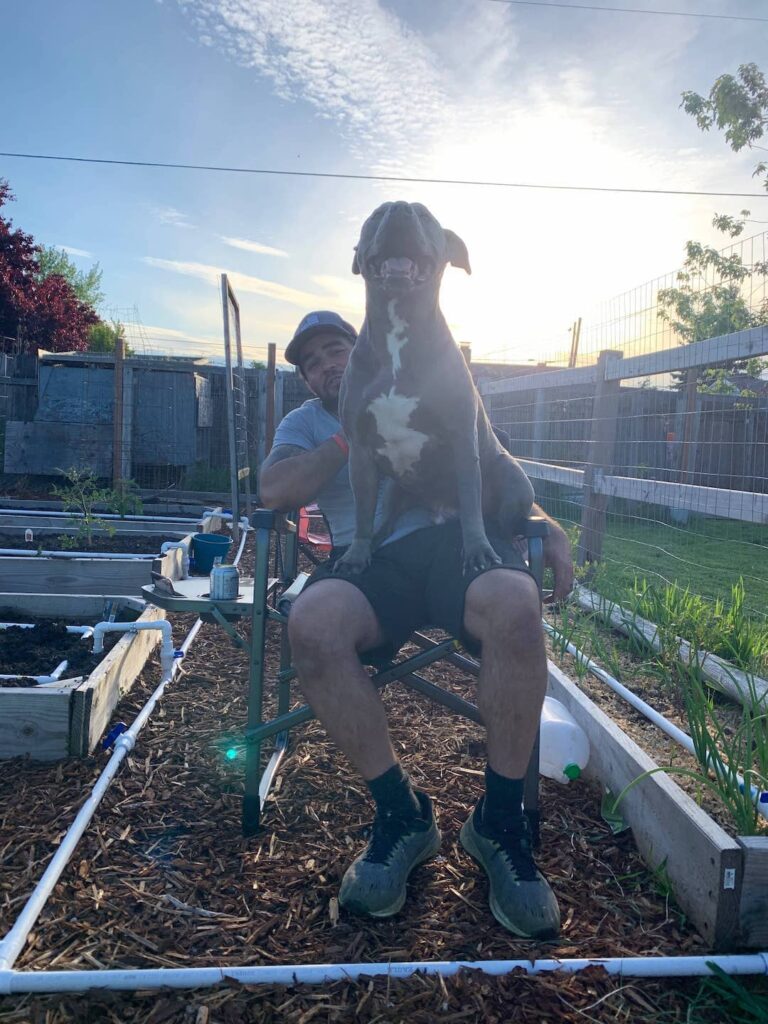
An herb garden is another great addition to any outdoor space and can be a happy medium to a flower garden and a vegetable garden. Herbs are excellent for adding flavor and nutrition to a meal as well as an attractive addition to any garden. From basil to rosemary, thyme to sage, there are a diverse range of herbs to choose from.
Vegetable gardening
Finally, the staple of any outdoor space – a vegetable garden! Growing your own veggies is an excellent way to get fresh produce while also contributing to the environment. From tomatoes and potatoes to peppers and squash, there are endless options when it comes to vegetables. Plus, you can even save money on groceries by growing your own food!
No matter what type of garden you choose, with some careful consideration and planning, it can become a beautiful part of your outdoor space.
Start seeds indoors early or purchase seedlings later?
Planting from seed can open up a lot of options for an experienced gardener but it can also be a huge burden for new gardeners. Seeds require special care and attention depending on what you’re growing and even when you do it perfectly some plants are notoriously hard to grow from seed and or might not even be available.
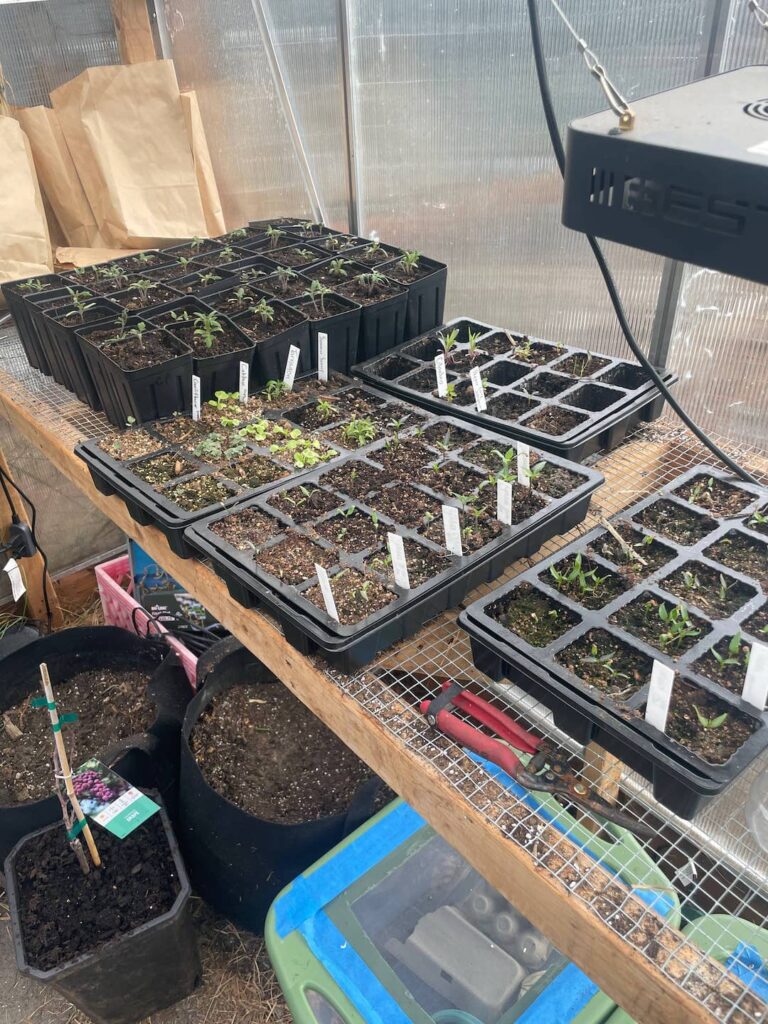
Purchasing seedlings is a much easier and less time consuming option for new gardeners. Plus, you can find nearly any variety of vegetable or flower at a nursery. If you choose to purchase your seedlings, make sure to ask the salesperson for assistance picking out the best seedling and if they know where the nursery is that they get their seedlings from.
How much space do I need to start planting flowers?
The amount of space you need to get started with flowers depends on the type of plants and how much care they require. If you’re planting perennials or annuals, you’ll need at least one square foot per plant. Perennials you’ll need to think about more than just the current year because perennials will be back next year if it enjoyed where it was growing. For large shrubs and trees, you’ll need much more space and have to think about much longer in the future.
Root Space
Another important factor to consider is the amount of root space that each plant will need. You’ll want to make sure you have enough room to accommodate the roots of all your plants, even if you don’t plan on planting them in that space right away. This will ensure that they can grow happy and healthy.
An example of this would be: Container gardening you can use a much shallower pot for lettuce and greens than you can for tomoatoes and carrots.
Air space
Finally, you’ll need to consider air space when planning your planting area. Plants require good airflow around them to prevent diseases from settling in and room to grow. If you plant too close together, some plants may struggle to reach their full potential.
Planting a sunflower under a cabinet or in a hanging basket would be a bad idea, as it wouldn’t have enough room to grow. The same goes for taller plants like trees and shrubs. Give them enough room to spread out their branches so that they can get the maximum amount of sunlight.
When should I plant my vegetable garden in Eugene Oregon?
The best answer you can get here is… It depends. Are you growing a green garden with cool season crops and really focused on your kale and mustard and maybe a root vegetable or two? Well, your best time to plant is probably not affected by the frost date and going to be late January and early February. Onions? December. Garlic? November! Winter crops are started in early fall and are great for planting seeds from onions, peas, and more leafy greens.
Tomatoes and peppers? April. These are definitely more warm season crops and some of the most popular in vegetable gardens. These are just a few of the many veggies you might be planting, but it should give you an idea as to different each plant is and
Decide on your garden beds and design
Once you’ve decided where you’re going to plant your garden now you have to decide how you’re going to plant your garden. The first step is to plan and design your garden beds. Think about how much space each plant or crop needs, the size of your garden and how much time you’re going to spend in them.
In Ground beds
These are the most common way to grow a vegetable garden. It’s also the easiest if you have the right soil. Make a whole in the ground throw in a plant. If not you can build up your soil with lots of organic matter, compost and manure before planting. Here in the Willamette valley, we’re going to have a lot of clay soil and heavily compacted river runoff adding organic matter like wood chips and adding compost that has been aged properly is almost a necessity.
Raised Beds
These are great for areas that are limited on space or have heavy clay soil that can’t be amended efficiently. Raised beds tend to be more efficient at collecting and holding moisture, as well as having better drainage. You can also control the types of material used in the raised bed as well as make it exactly the size your plant needs.
A couple tips for raised beds is to remove sod where you plan to put the bed, if it’s over a grassy area and lay down some heavy gauge plastic for a few weeks to eliminate most weeds that would grow up through your fresh new soil.
Planters or Pots
These are great for people who don’t have a large amount of space, or just want to start small and grow some herbs or other smaller plants. Planters and pots can be as simple as buying some terra-cotta planters from the store, or building whole custom boxes that fit whatever size you need.
Make sure when you’re choosing a design that it is a material that will last a long time and allow for drainage. It’s a terrible experience to have your box fall apart after the first year because it rotted out (i’ve been there too).
Choose a site location
A spot that gets at least 6 hours of direct sunlight and the correct amount of shade for whatever species you choose. Planting in an area that is too shady will cause your plants to struggle making them more susceptible to disease and insect pests. A location should also be easy or have access of getting water to it because you’ll only want to carry watering cans full of water for a few weeks before you’re willing to let the garden wither away.
What kind of sun shade mix is there?
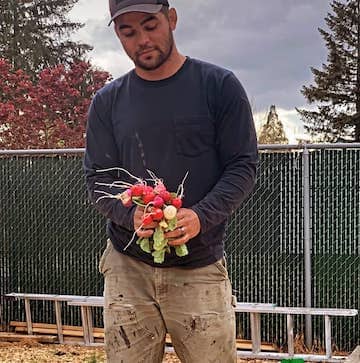
The reason the sun shade mix is important is different plants have different requirements. The direction your garden faces can be an indication of how much sun and shade your plants will get. Generally, east-facing gardens get morning sun and afternoon shade while south-facing gardens get the most sun. West-facing gardens get afternoon sun and shade in the morning, and north-facing gardens get all day shade. Knowing which location and which plants you’ll grow is important in the sun shade decision.
What time of year will you be planting?
The time of year you decide to plant your garden is important as well. Some plants like warm-season vegetables will need the soil and air to be above 50º all day and some vegetables or herbs will that are cool season crops start to flower and end their life if the temperature gets that high. Time of year can also vary by your region. Tomatoes can be started in February in Souther California and have to wait till may here in Eugene Oregon.
Prepare your garden space
This is more than your garden beds. Make sure you have a place for your garden tools your bags of soil and fertilizers and have a place to relax and enjoy your hardwork. One of the most rewarding places in my garden is the place where I can sit and enjoy it.
Prepare the soil
This is often overlooked. Adding organic matter like compost or manure to your soil will improve the texture and make up and work out better for your plants. It’s more than just a pile of dirt.
Amendments
Things like organic fertilizer can be added to your soil if the soil test comes back with low nutrients. Taking a look at your pH testing results will help you decide how and when to plant vegetables that are optimized for your soil type.
When should I start seeds in Eugene Oregon?
Again this answer is, Depends. Generally though , you could start your seeds in early spring to late April even June as soon as the soil temperature is above 50º. If you are planting warm-season vegetables like tomatoes and squash. Seeds like onions, carrots, and kale can be started in december or january. They can survive a hard frost of an early winter season and prefer fall and spring time temperatues when the ground is still kind of cool.
What can I plant in spring in Eugene Oregon?
Due to our frost dates and short growing season crops like peppers and egg plants are hard to get an abundant harvest for but fall and winter loving crops do great with all the extra watering from the rain. Best thing to do is stop by your local nursery and see what they have. Usually they’ll have region specific plants.
Spring vegetable planting in Eugene Oregon
is a great way to get your garden growing quickly. With the right preparation and planting times you can have an abundance of vegetables in no time. Crops like lettuce, carrots, kale and artichokes absolutely love the spring time and slow down for summer time.
Layer on mulches to lessen weeds, hold in moisture
This is a great summer time activity to help conserve water. As much rain as we get in the fall and winter is the opposite of how much we get in the warmer summer months. If you can figure out the watering and soil you can grow vegetables and even some fruits in the summer. Layering mulches like straw, wood chips or bark to hold in moisture will also help keep weeds under control.
What do I do when everything is planted?
Once you have planted all your vegetables, it’s important to stay on top of the maintenance like weeding and watering. It can be a laborous task but it can also be a very zen moment in your day spending some time watching things grow.
How often should I water?
Watering your vegetables in the spring should be done with frequency, depending on what you are growing and how much rain you get. Most plants need to be watered deeply once a week, but in times of little rain a more frequent watering may be needed. It’s always best to check the soil first and water as needed. In warmer months, vegetables may need more frequent watering to stay hydrated.
Summary
Spring vegetable planting in Eugene Oregon is a great way to get your garden growing quickly. With the right preparation and planting times you can have an abundance of vegetables in no time. Layering mulches like straw, wood chips or bark to hold in moisture will also help keep weeds under control, while frequent watering may be needed during warmer months to stay hydrated. Staying on top of maintenance such as weeding and watering is key to ensure your garden has the best chance for success. With a little patience, you’ll be rewarded with fresh vegetables from your own garden!
Happy planting!
Other Questions About Gardening in Oregon
When should I plant tomatoes in Portland?
Tomatoes should be planted anytime after the last frost date which is usually in mid-May. Start your seedlings indoors four to six weeks before that.
What vegetables can I plant in March in Oregon?
In Oregon, some vegetables that you can plant in March include kale, collards, radishes, spinach, turnips and arugula and most green or root vegetables.
Plant from early to mid-summer in Eugene?
Early to mid-summer in Eugene is a great time to plant warm season vegetables such as tomatoes, peppers and eggplants. You should start them indoors to make the best of your growing season.
Greenhouses are your best option but a sunny windowsill works as well.
When should I plant carrot seeds in Oregon?
Carrot seeds can be planted in Oregon anytime from early spring to late summer. However, it is best to plant them as soon as the soil is workable and not frozen.
